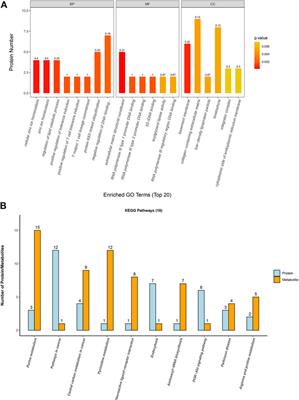ORIGINAL RESEARCH
Published on 18 May 2023
The mechanism of trans-δ-viniferin inhibiting the proliferation of lung cancer cells A549 by targeting the mitochondria

doi 10.3389/fphar.2023.1190127
- 1,305 views
- 2 citations
1,365
Total downloads
5,226
Total views and downloads
ORIGINAL RESEARCH
Published on 18 May 2023

REVIEW
Published on 06 Apr 2023

